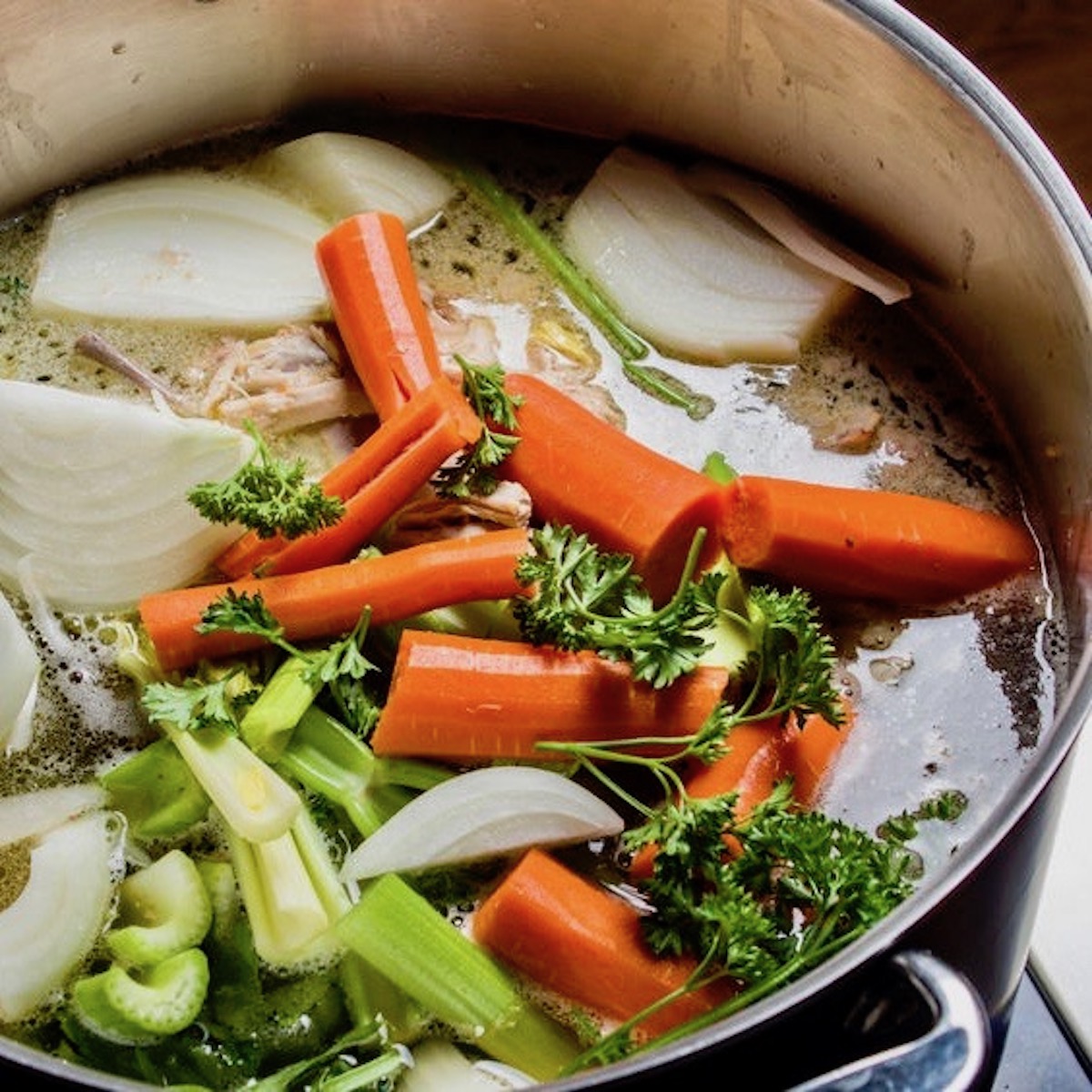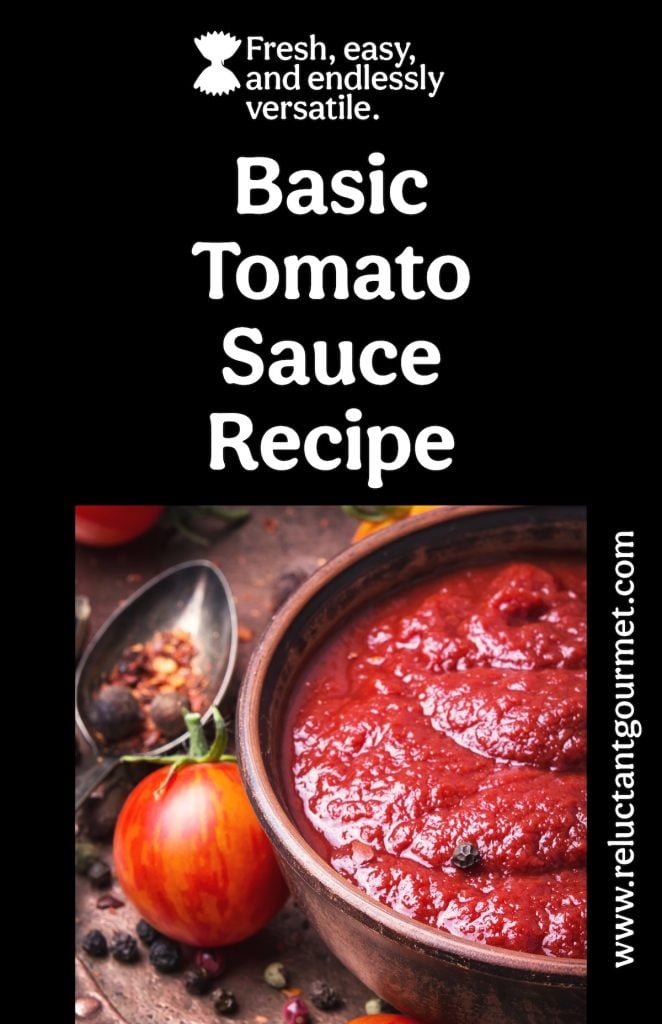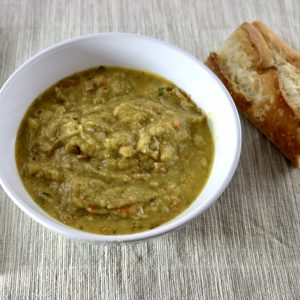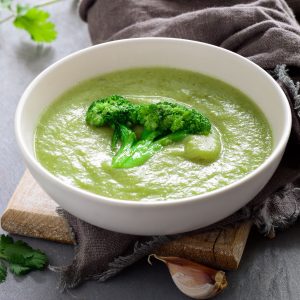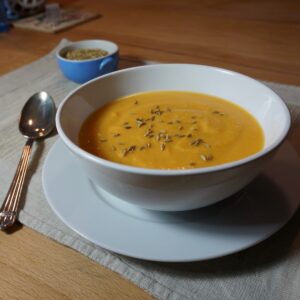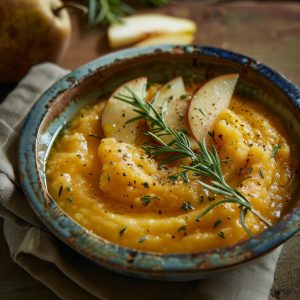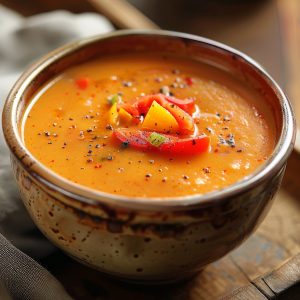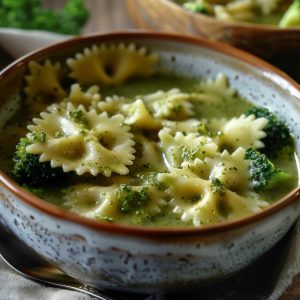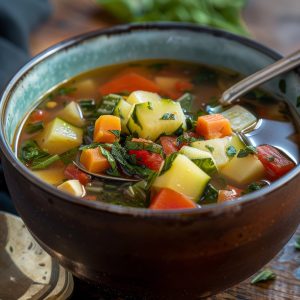The Importance of Making Cooking Stocks at Home
Cooking stocks are a fundamental ingredient in many dishes, providing a rich and flavorful base for soups, stews, sauces, and more. A good stock should be savory, well-balanced, and packed with umami flavor.
To make a stock, you will need a combination of bones, vegetables, and herbs. The bones should be from meat or fish with plenty of flavors, such as chicken, beef, or seafood. The vegetables, such as onions, carrots, and celery, should be aromatic. And the herbs should be fresh and fragrant, such as parsley, thyme, and bay leaves.
Cooking Stock History
Cooking stocks have been a staple in the kitchen for centuries, with roots dating back to ancient civilizations. The earliest stocks were made by boiling leftover bones and other food scraps to create a simple, flavorful broth. This broth was then used as a base for soups, stews, and other dishes, helping to add depth and richness to the finished dish.
As cooking techniques and ingredients evolved, so did the art of making stocks. In the Middle Ages, cooks began to add herbs and spices to their stocks, creating a more complex and flavorful broth. Later, in the 19th century, chefs in France developed the technique of making stocks by simmering bones and vegetables in water for several hours, creating a more refined and aromatic broth.
Today, cooking stocks continue to be an important ingredient in many dishes, providing a rich and flavorful base for soups, stews, sauces, and more. Whether made from scratch or purchased from a store, stocks are an essential ingredient in the kitchen, helping to add depth and complexity to a wide variety of dishes.
Stock Basics
First, place the bones in a large stockpot and cover them with cold water. Bring the water to a boil, and then reduce the heat to a simmer. As the stock simmers, use a skimmer to remove any impurities that rise to the surface, such as foam or fat. This will help to clarify the stock and give it a clean, flavorful taste.
Next, add the vegetables and herbs to the pot, along with any additional flavorings, such as peppercorns or garlic. The vegetables should be roughly chopped and added to the pot along with the bones. They will add additional flavor and nutrients to the stock as it cooks.
Once the stock is finished cooking, strain it through a fine-mesh sieve to remove the solids. The resulting liquid should be clear and flavorful, with a rich, savory taste. You can use the stock immediately or store it in the refrigerator or freezer for later use.
When using your stock, remember to taste it and adjust the seasoning as needed. A well-made stock should be flavorful on its own, but it may need a little salt or other seasonings to bring out its best flavor. Additionally, be sure to use your stock within a few days if storing it in the refrigerator or within a few months if storing it in the freezer.
Cooking stocks are a versatile and flavorful ingredient that can be used in a wide variety of dishes. By using bones, vegetables, and herbs, you can create a rich and savory base for soups, stews, and more. With a little practice and patience, you can easily make your own delicious stocks at home.
Roasting Bones for Making Stocks
Roasting bones before making stock can add depth and richness to the final broth. To roast bones for stock, preheat your oven to 450 degrees Fahrenheit.
Place the bones on a roasting pan and season them with salt, pepper, and any other desired seasonings. Roast the bones in the oven for 30-45 minutes, or until they are well-browned. This will help to caramelize the natural sugars in the bones, giving the resulting stock a deeper, more flavorful taste.
Once the bones are roasted, transfer them to a stockpot and proceed with your recipe as usual. Roasting the bones will add an extra layer of flavor to your stock, making it even more delicious and satisfying.
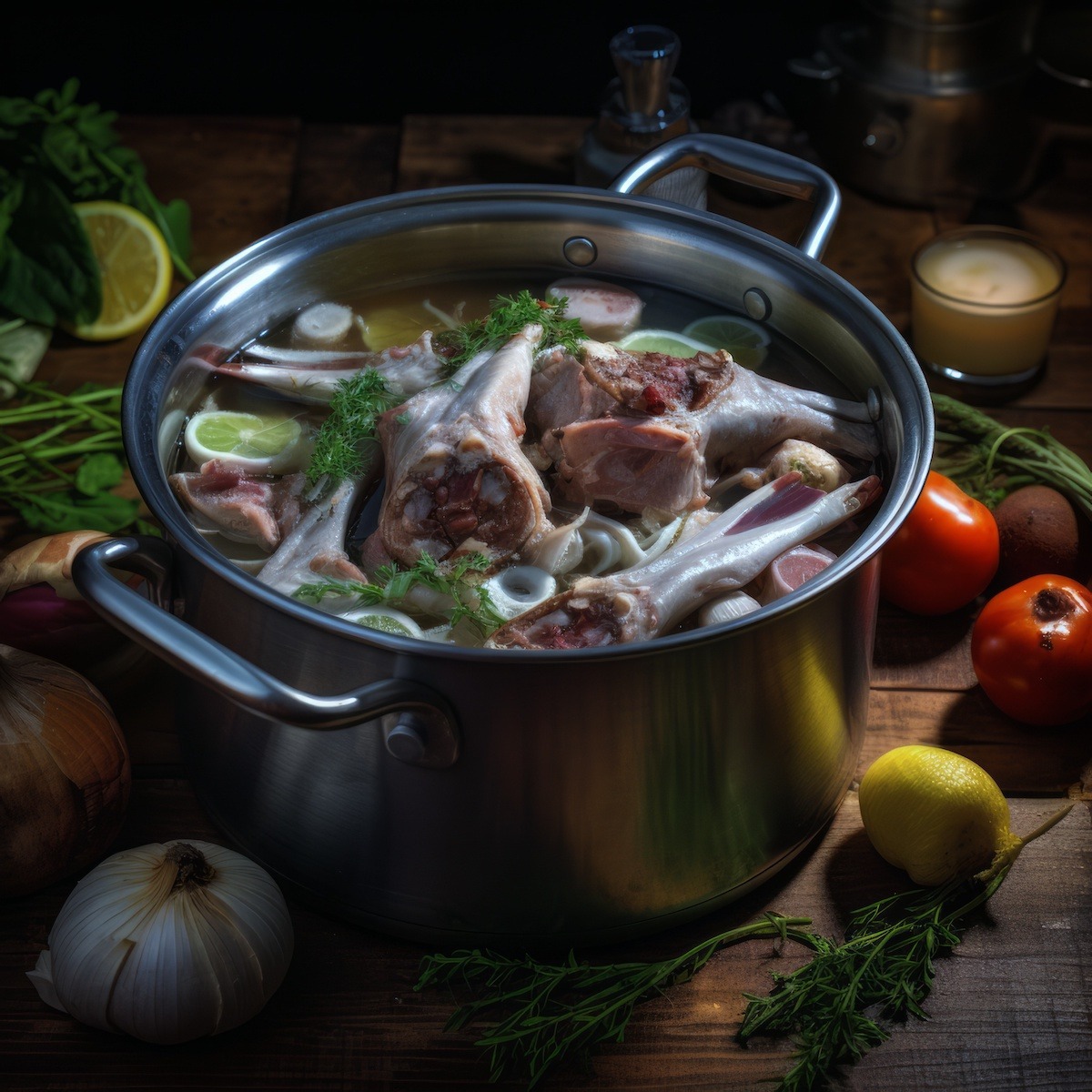
No Salt Please
Cooking stocks are made without salt, so they cannot stand alone. You wouldn’t want to eat a bowl of chicken stock, for example, because it would not taste like much of anything.
As a general rule, a stock is named by whatever protein is dominant – fish stock is made with fish bones. The whole point of making stock is to break down the collagen present in bones to gelatin while enhancing it with some aromatic vegetables, herbs and spices.
Some well-made cooking stocks can contain gelatin that will actually become thick and almost set in the refrigerator, just like a fruity gelatin-based dessert.
It is the stock that imparts body to a soup or sauce, and while there are other ways to thicken sauces, I cannot think of any other way to get that same lip-smacking mouthfeel than using a well-made stock in sauce making.
Some of My Favorite Cooking Stocks
White chicken stock is made using raw chicken bones and vegetables while roasted chicken stock is made after roasting the bones and the vegetables for the stock.
Roasted chicken stock has a richer flavor and a deeper color than white chicken stock, and each has a myriad of uses in restaurant kitchens, and your kitchen.
Beef stock is available in every grocery store nowadays so you might ask why make your own. For one thing, you can control the quality and the amount of salt added to the stock.
I don’t make beef stock as often as chicken stock but if I have a bunch of beef bones around from a beef dinner, I like to throw them into a big pot of water and vegetables to make my own for future soups, stews, and risotto.
I’ve even been known to save beef bones from several meals, freeze them and make a stock when I have enough.
As good as the commercial products are today for any of these stocks, there is nothing better than making your own homemade stocks in your own kitchen.
Brown stock is a meat stock made with roasted veal bones, some well-chosen chopped vegetables, and some herbs. Since veal has a lighter flavor than beef and won’t mask flavors, a brown stock is the basis for classic sauces for a variety of meats.
Veal, Lamb & Fish Cooking Stocks
Veal stock is lighter than beef or brown stock because veal has a lighter flavor. Because of the lighter flavor, it goes well with more dishes but because veal bones are harder to find than beef bones, it may be easier to use a commercial-grade veal stock you can now find in gourmet stores.
And then there is lamb stock, easy to prepare if you roast a leg of lamb and wonder what to do with the leg bone after you are finished with it. Lamb stock is stronger than beef or chicken stock so you can freeze some in small containers and in small amounts to enhance other lamb recipes including lamb stew, rice, or lamb risotto.
Fish stock is made with fish bones, wine, and water. The acid in the wine helps to make a more balanced stock which then can be used in making anything from vichyssoise to a velvety seafood sauce for salmon.
Vegetables do not contain gelatin, so technically, vegetable stock is more of a broth. Vegetable stock is presented here to offer a lighter, vegetarian option for people as it can simply be substituted for any chicken or fish stock.
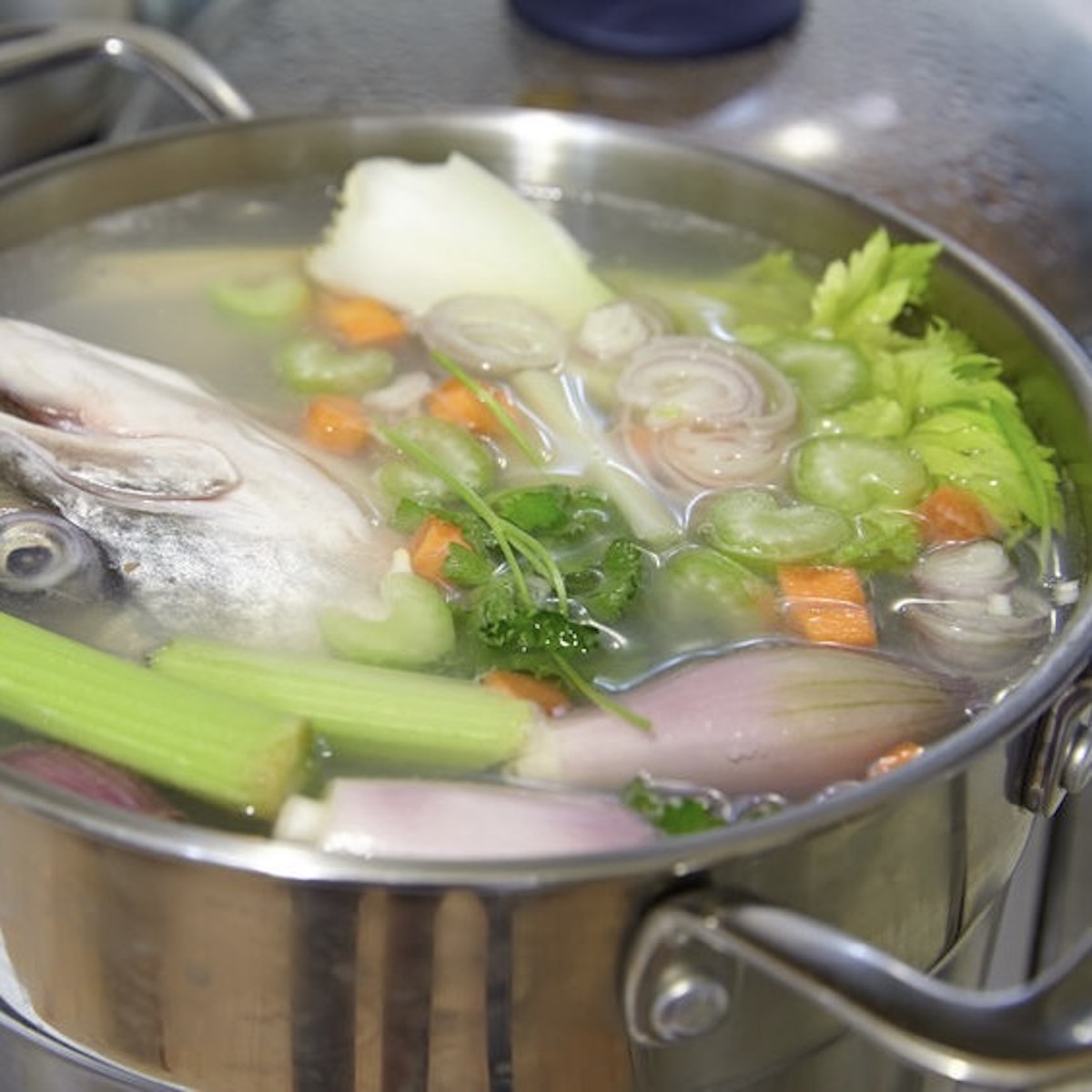
What if I don’t want to make my own stocks and reductions?
If I had to choose from all the products on the market today that have improved my cooking ability and allowed me to make incredible gourmet sauces, it would be commercial stock, glaces, and stock reductions now available.
I have been to many food shows over the years and seen lots of products but none have simplified my life more than these. If you have ever tried to make demi-glace or even veal stock, you will know how valuable this resource is.
This is not the powdered stuff you buy at the supermarket but the real thing. The same is true for their chicken stock and new seafood stock.
No Room in the Freezer
I use one of these products at least once a week but usually more. There was a time I made a big batch of chicken stock and stored it in the freezer for those times when a recipe called for a cup or two.
The problem was I had to really had to think ahead to be sure to defrost it and sometimes I only needed a cup and not a full quart. Besides, it took up so much room in my freezer, I didn’t have room for all the other stuff I purchased at Costco.
Now I just reach into the fridge, pull out my commercial stock reduction and measure out what I need, and reconstitute it with hot water. Takes up a lot less room and these products have a year shelf life.
And when it comes to making a Demi-Glace, I don’t have two days to make it right. Now I have it in two minutes.

